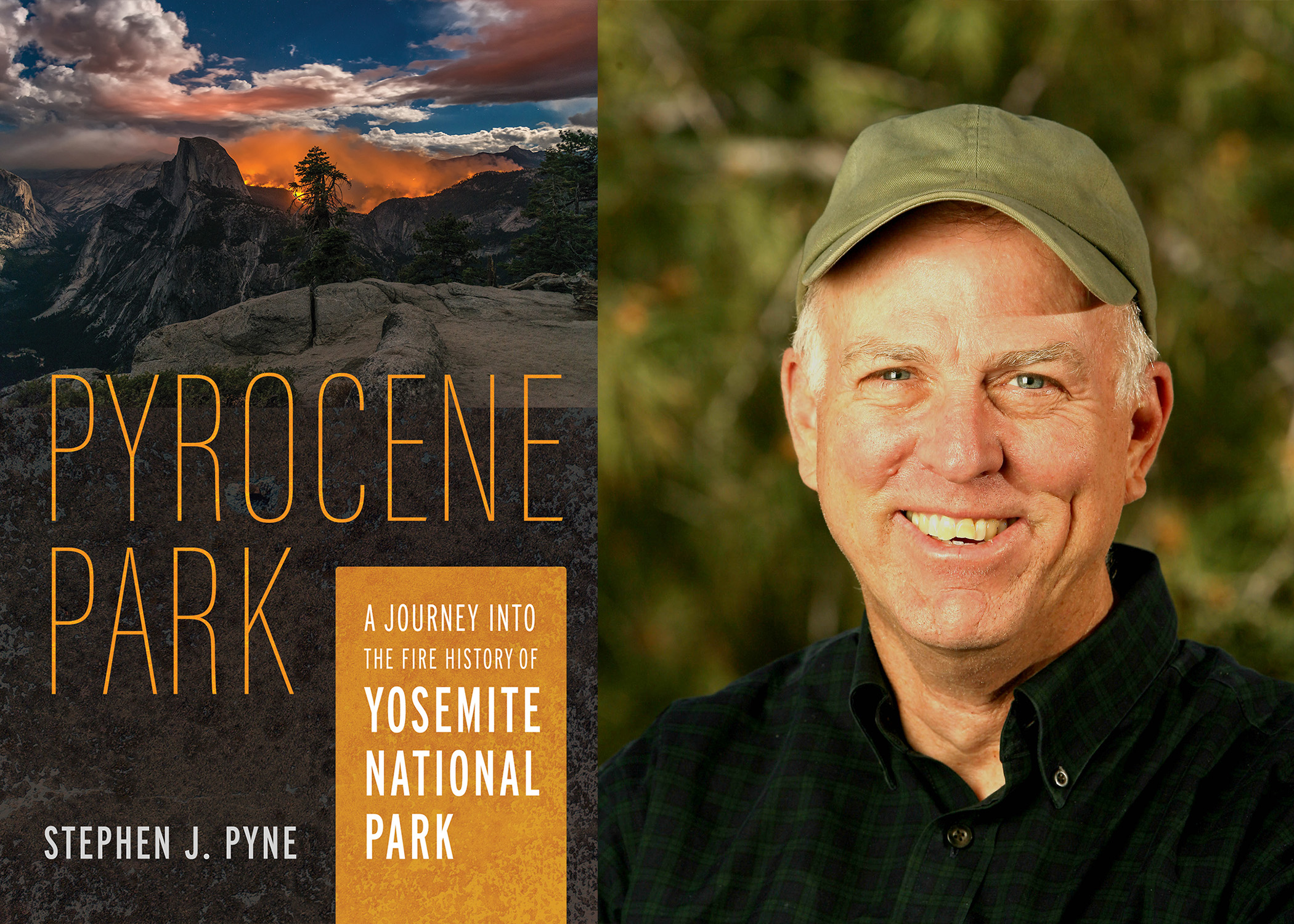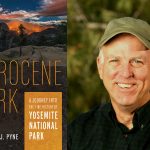May 29, 2024
Mark Brodie of KJZZ public radio in Phoenix interviewed Stephen J. Pyne, author of Pyrocene Park: A Journey Into the Fire History of Yosemite National Park. Pyne says that the Yosemite fire story is a story of good fire that was lost, but has now been partly restored. He believes that the restoration of good fire should inform fire management on other federal lands.
“It’s not just the ecological deterioration that results when fire is removed. I mean, fire is a broad spectrum ecological catalyst. It does a lot of things. We’re still learning about all the things that it does. But it’s also a case of if you don’t burn it, stuff keeps building up, combustibles accumulate and the fires that you do get will be uncontrollable. So it, you’re removing your choice, your ability to choose what fires you want and what you don’t.”
Stephen Pyne, KJZZ interview
Pyne is a fire historian, urban farmer, and emeritus professor at Arizona State University. He spent fifteen seasons with the North Rim Longshots, a fire crew at Grand Canyon National Park. Out of those seasons emerged a scholarly interest in the history and management of fire and he has written over thirty books. His most recent book is Five Suns: A Fire History of Mexico (2024).
About Pyrocene Park:
Its monumental rocks, etched by glaciers during the last Ice Age, have made Yosemite National Park a crown jewel of the national park system and a world-celebrated destination. Yet, more and more, fire rather than ice is shaping this storied landscape. Renowned fire historian Pyne argues that the relationship between fire and humans has become a defining feature of our epoch, and he reveals how Yosemite offers a cameo of how we have replaced an ice age with a fire age: the Pyrocene.
 The University of Arizona Press
The University of Arizona Press


